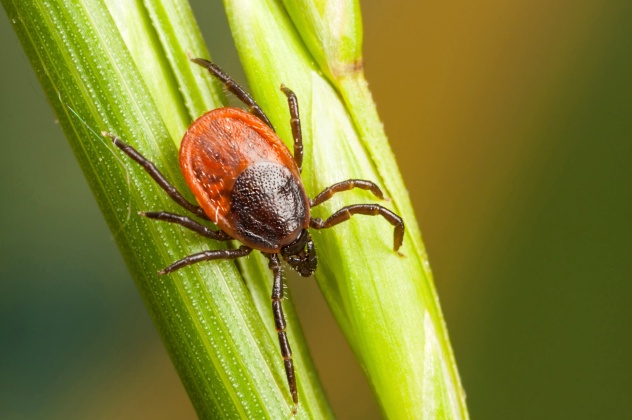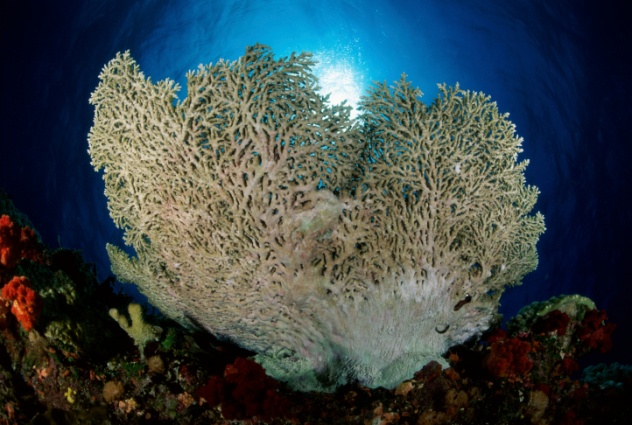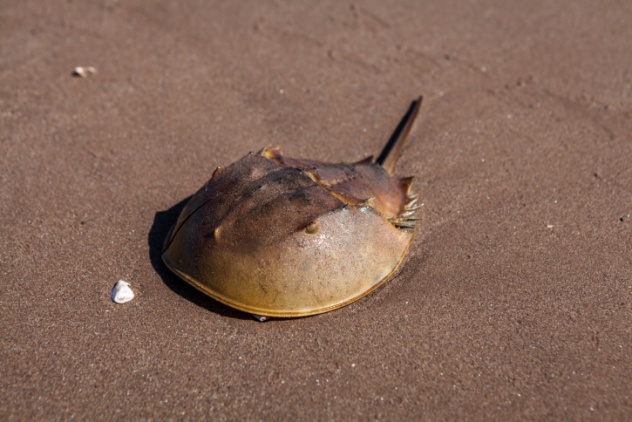Every living organism on Earth is in some way related to something else. This genetic web gets larger and weirder the more scientists look at it. Finding new relations is a fascinating genetic puzzle where the most unexpected creatures can turn out to be cousins. It is also the ultimate tool for learning about evolution. The more creatures are linked to each other, the more they reveal about the history of themselves as individual species, their family group, and the progression of life on Earth.
10.Scorpions And Ticks

Many people believe that ticks are insects, but they are not. They are true arachnids, closely related to scorpions and spiders. It’s an ancient lineage; one gene study tentatively suggested that these creatures were here before the dinosaurs, already crawling around the surface of the Earth 400–450 million years ago. For both ticks and scorpions, the next meal is primarily found by their excellent sense of smell, and they can only survive on liquid food. Ticks live on a diet of blood, while scorpions have a multipurpose venom that both paralyzes and liquifies their prey’s insides, which they then proceed to drink. Of the two, the scorpion is better adapted to survive the lack of nutrition and can go without eating for up to a year by adjusting its oxygen use and lowering its metabolism. Due to a lack of useful fossil evidence about the history of these arachnids, the same genetic study that placed them in primeval times also used their test results to support a theory that they hark back to a common, ocean-dwelling ancestor.
9.Jellyfish And Coral

One swims like a fish, and the other grows like a plant, but in truth, both are actually animals. Jellyfish and coral belong to the family group called cnidarians: bell- or tube-shaped animals that can deliver a burning sting with their tentacles. Despite this, they certainly don’t appear to be related. Jellyfish sting swimmers and pulse themselves through the water, while corals appear to be twig-like bonsais that do nothing. It comes down to body build, however. Cnidarians are sac-like creatures with a central opening around which the tentacles grow. This is more obvious with jellyfish. The coral frames often found in novelty stores are not the animal itself but a limestone coating built by them for protection and anchoring to a reef. The tiny individual corals are simplistic in design. They are cup-shaped sacs and have one opening that doubles as a means of both eating and excretion. They suck calcium carbonate from the ocean to build the branches that most people mistakenly see as coral. Thousands of minute coral animals stay around their limestone tree, using their tentacles to search for food.
8.Horseshoe Crabs And Spiders

Horseshoe crabs were misidentified as crabs hundreds of years ago. Granted, they spend most of their time crawling over the sea floor and have a crab-like shell roughly resembling a horseshoe. However, they are grouped with arachnids. Horseshoe crabs date back 500 million years as a species. These prehistoric survivors, who perhaps never evolved to flourish on land like the rest of their cousins, can grow up to 0.6 meters (2 ft) wide and use their long tails as a tool to dig for food or to right themselves when upside down. Even more remarkably, the horseshoe crab has 10 eyes on its back and sides, can replace lost body parts, and has blue blood. The blood is medically valuable and is used to detect bacteria, for cancer research, and diagnosing leukemia as well as vitamin B12 deficiency. Sadly, a great number of horseshoe crabs are caught for their blood and also by the bait industry.
审校:哎呀 校对:落花生 编辑:Freya然











